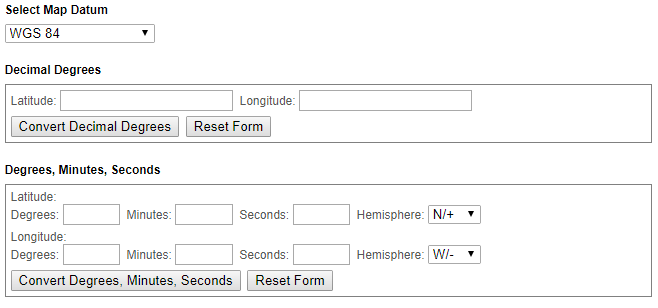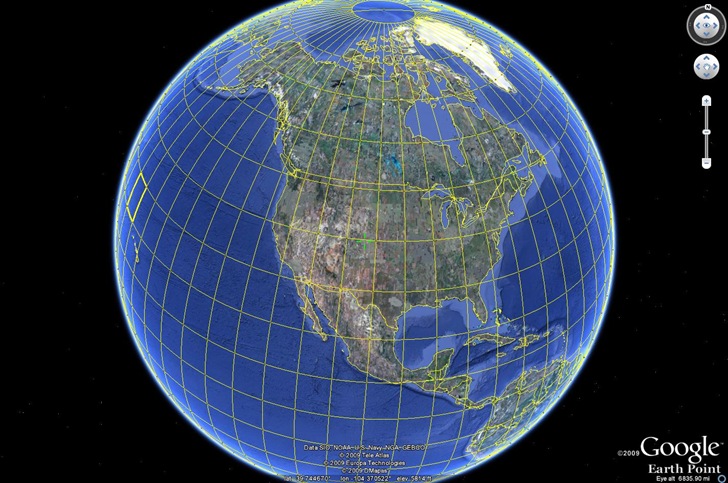

This isn’t the case with the geographic coordinate system, in which measurement units are not constant across the globe because the distances represented in degrees of longitude vary at different latitudes.īecause there’s no need for N, E, W, or S in UTM grid references, and because the UTM coordinate system allows you to calculate distances by adding or subtracting from other positions in the same zone, UTM makes it much easier to gauge the distance between two points and ascertain direction of travel than with the geographic system. In the Universal Transverse Mercator coordinate system, each grid square is the same size and shape across the map. The simplicity of the system means that UTM maps are now becoming more popular than latitude-longitude maps that use the geographic coordinate system, so using UTM means you’ll be “on the same page” as fellow hikers and search and rescue teams. The equator is also assigned a false northing of 10,000,000m South to avoid negative numbers when referencing northing coordinates in the southern hemisphere.įinally, UTM system grid references are easy to grasp and let you quickly determine your location. The central meridian is assigned an arbitrary value of 500, 000 meters to avoid negative easting coordinates.

Thirdly, you don’t have to use negative value numbers (which make no sense to some people!). Secondly, it allows you to give rescue services your precise location should your trip in the backcountry go south and you need to call for help. Why Is Learning To Read A Universal Transverse Mercator (UTM) Grid Reference Important?īeing able to use a UTM map and read UTM coordinate values is important for three reasons.įirst, it allows you to identify your exact whereabouts on a map using the coordinates given in a GPS device. Taking UTM coocrdinates is now the preferred way for hikers to calculate their location.
#GPS UTM COORDINATE CONVERTER SERIES#
Many hikers prefer to use UTM over latitude and longitude coordinates when using 7.5-minute series topographic maps – all of which feature 1000m UTM grid tick marks – due to the simplicity of the decimal degrees. A northing of 3, 502,000 meters means you are this many meters north of the equator. If your position is 10 meters east of this central meridian, then you have a 500,020 meters easting. Zone 20, for example, spans from 66°W-60°W and has a central meridian of 63°W. Northing values are taken by measuring northward from zero (at the equator).Įvery zone also has a central meridian with an easting value of 500,000 meters. In each UTM grid zone, coordinates are measured in meters as “northings” and “eastings”.

Each zone comprises 6 degrees of longitude and has a designated central meridian. The system is used to assign coordinates to locations on the Earth’s surface, using each zone as a basis for coordinate values.Įach UTM zone is numbered 1 to 60, beginning at 180 degrees longitude and increasing to the east. It is a grid system that divides the world into 60 strips (called “UTM projection”) divided by lines pointing to true north with separate grid zones for the northern and southern of the equator, giving a total of 120 UTM zones worldwide. It was first devised by the US Army in the 1940s to simplify land navigation. Universal Transverse Mercator projection (UTM) is a world geodetic system of map projection that treats the earth as a perfect ellipsoid.
#GPS UTM COORDINATE CONVERTER HOW TO#
8 How To Convert Between The UTM System Vs WGS84 Vs Longitude and Latitude?.6 What is the Military Grid Reference System?.5 What is the State Plane Coordinate System?.3 Why Is Learning To Read A Universal Transverse Mercator (UTM) Grid Reference Important?.1.1 Looking To Improve Your Navigational Skills?.1 Understanding UTM Coordinates And UTM Map Grids.


 0 kommentar(er)
0 kommentar(er)
